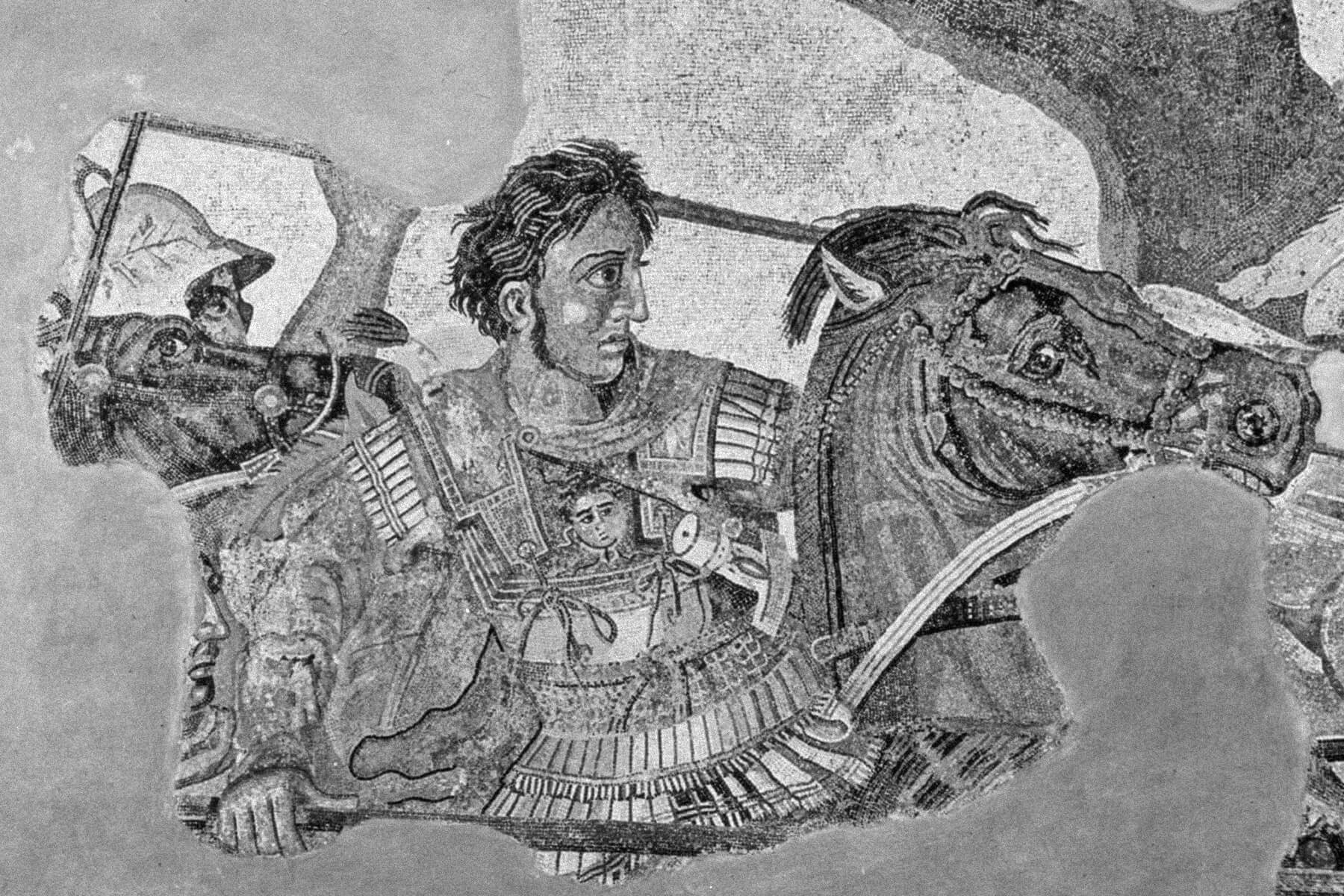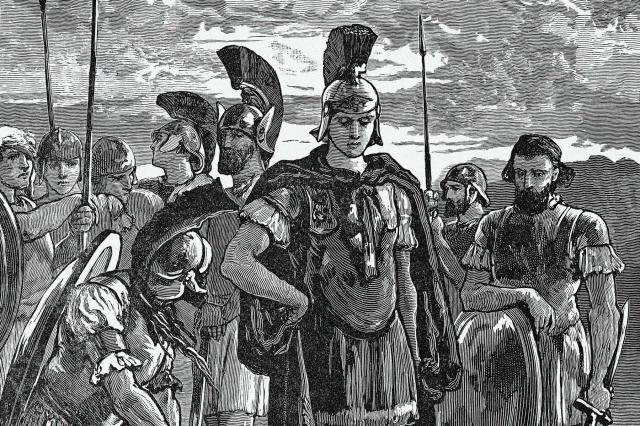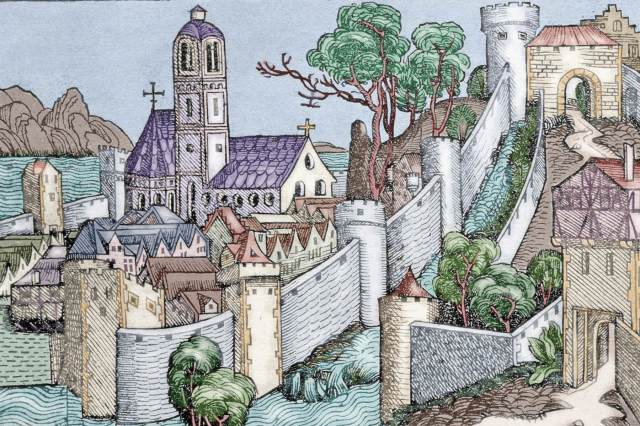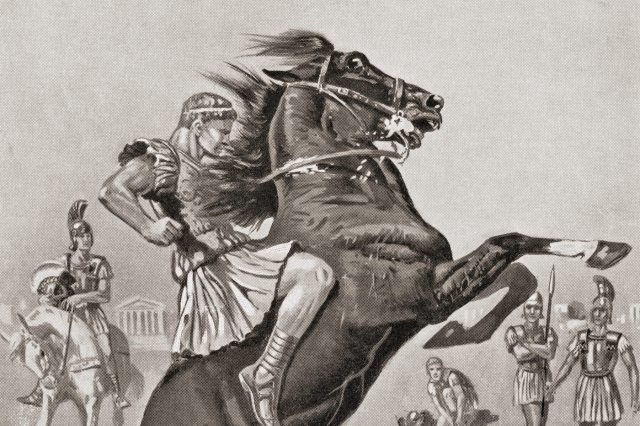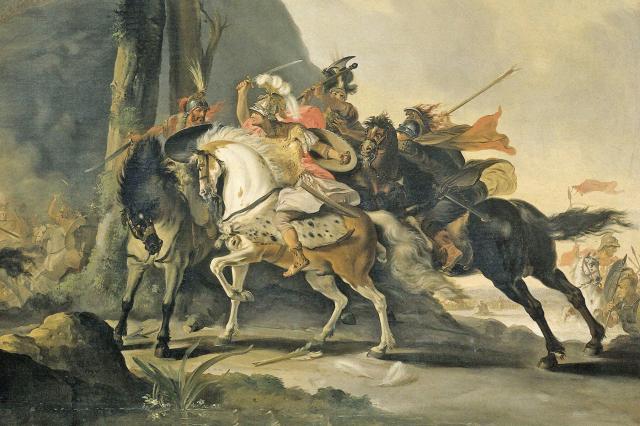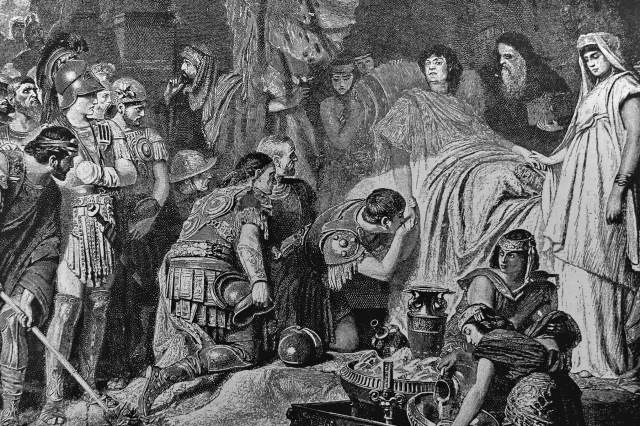The Story of Alexander the Great, in 6 Facts
In 356 BCE, in the city of Pella, the ancient capital of Macedonia, a baby boy was born to the king of Macedon, Philip II, and his fourth wife, Olympias. Philip celebrated the arrival of his first son and future heir, but not even the proud king could have imagined how far the boy, Alexander, would go.
King Philip II had already overseen the reformation of the Macedonian army, with the establishment of the phalanx infantry formation (a dense line of soldiers standing shoulder to shoulder) and the brutally effective use of long sarissa pikes and siege engines. But it was Alexander, who succeeded to the throne at just 20 years old following his father’s assassination, who took this fearsome force to a whole new level. He engaged in military campaigns against the Greeks and then the Persians, and in little over a decade had conquered most of the known world — all before his sudden death at age 32.
Here are six facts about Alexander III of Macedon, more commonly known as Alexander the Great, a man widely considered the greatest and most successful military commander in history.
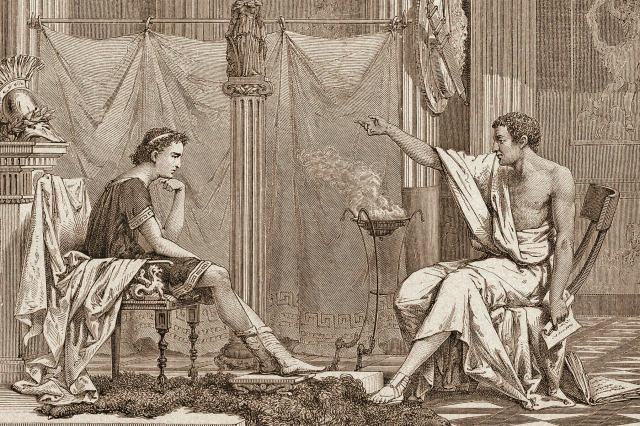
Aristotle Was Alexander’s Teacher
As the son of royalty and heir to the throne, Alexander was expected to receive a fine and princely education. But Alexander’s schooling went above and beyond: His teacher was none other than Aristotle, one of the greatest philosophers who ever lived. The famed scholar was summoned by King Philip II around 343 BCE, when Alexander was 13 years old. Aristotle tutored Alexander on a wide range of subjects, including philosophy, ethics, science, and the arts, in an attempt to create an enlightened monarch who would rule in a fair and just manner — something arguably lost on Alexander in later years, as his military leadership increasingly veered toward megalomania.





